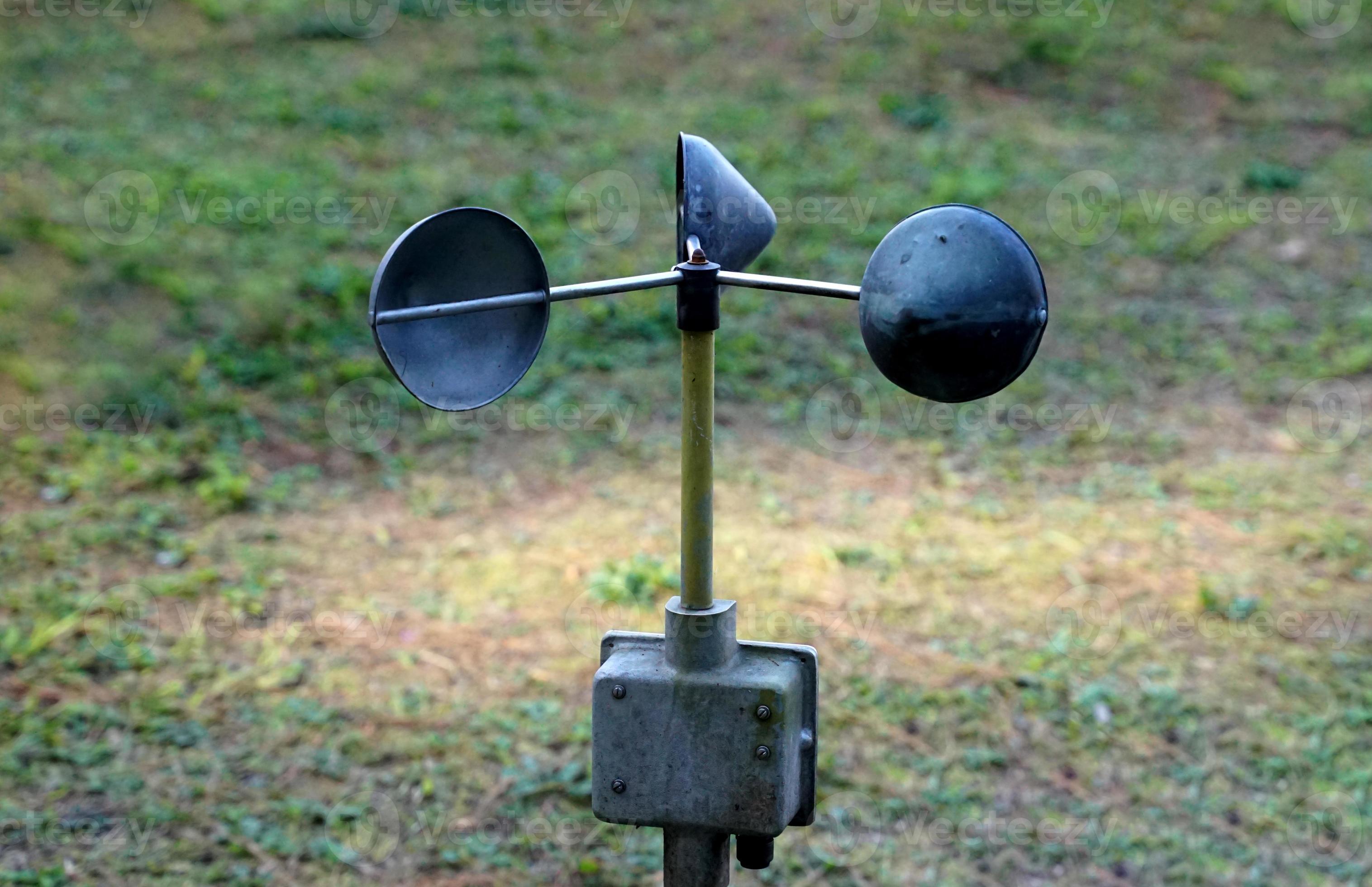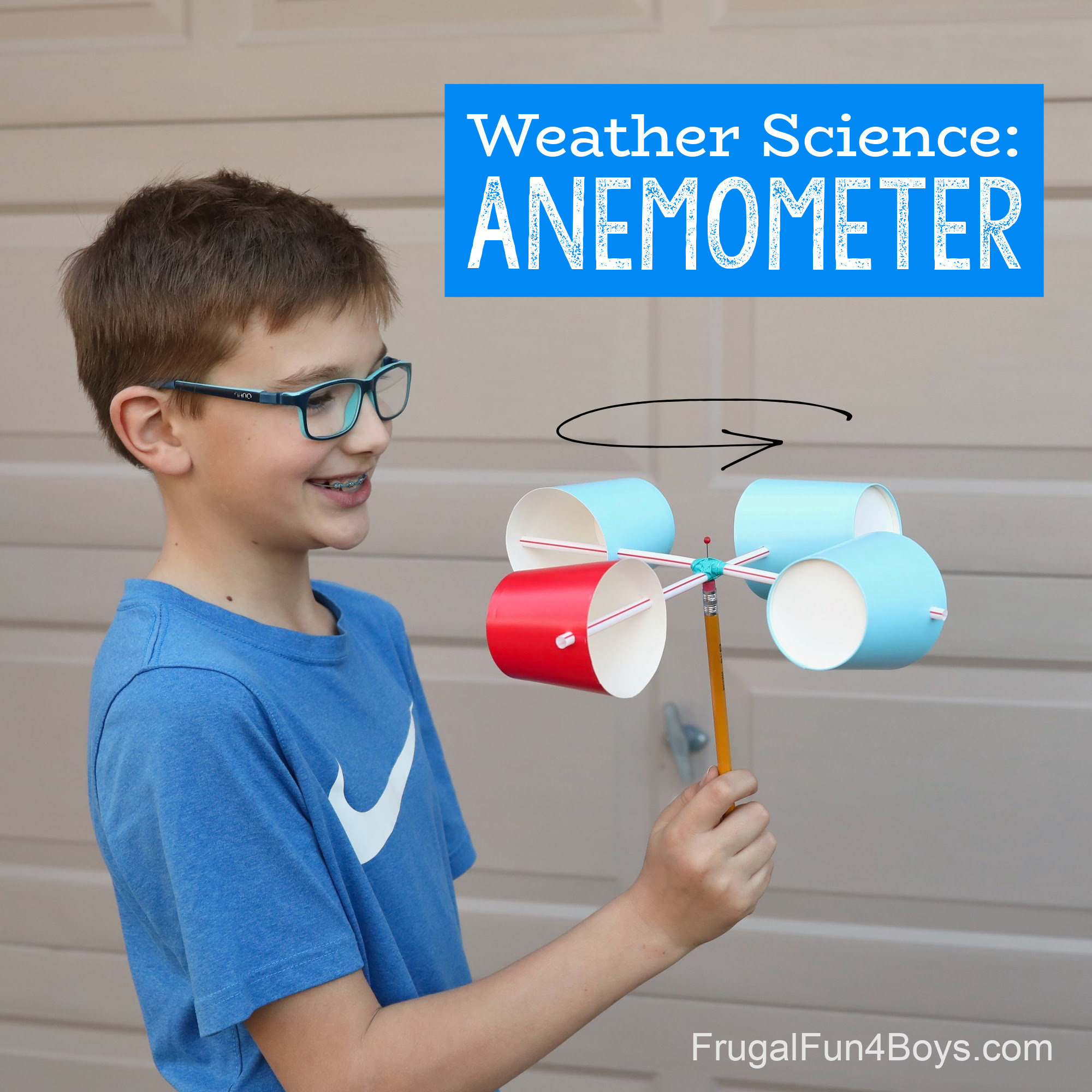Comprehending Various Kinds Of Anemometers for Various Applications
Comprehending Various Kinds Of Anemometers for Various Applications
Blog Article
Checking Out the Features and Advantages of Anemometers for Weather Lovers and Experts
From mug anemometers to sonic anemometers, each kind brings its special collection of applications and benefits, dropping light on numerous facets of climatic problems. As we dive into the features and benefits of anemometers, a much deeper understanding emerges not just of prevailing climate phenomena yet also of the more comprehensive implications for markets like wind energy production and environmental research study.
Significance of Anemometers in Climate Tracking
Anemometers play an essential role in weather condition monitoring by supplying accurate measurements of wind rate, aiding in projecting and understanding weather condition patterns. These tools, ranging from standard cup anemometers to modern-day ultrasonic anemometers, are essential for meteorologists, researchers, and climate fanatics alike. By gauging wind rate, anemometers assist in identifying the strength of weather condition sensations such as hurricanes, storms, and twisters. Additionally, they offer beneficial data for aviation, maritime procedures, and different markets that are sensitive to wind conditions.

Sorts Of Anemometers and Their Applications
With the vital role anemometers play in weather monitoring and projecting, recognizing the different types of these instruments and their applications comes to be necessary for professionals and enthusiasts in the area. One of the most common sorts of anemometers consist of cup anemometers, vane anemometers, hot-wire anemometers, and ultrasonic anemometers. Cup anemometers include 3 or 4 cups mounted on straight arms that turn with the wind, determining its speed. Vane anemometers, on the various other hand, utilize an openly turning vane to line up with the wind instructions, supplying both wind speed and instructions dimensions. Hot-wire anemometers run based upon the principle of convective warmth transfer, where the cooling impact of the air flow is gauged to figure out wind rate. Ultrasonic anemometers make use of ultrasonic noise waves to calculate wind rate and direction properly.
Mug anemometers are suitable and durable for basic weather surveillance, while vane anemometers are preferred for directional measurements. Ultrasonic anemometers are non-intrusive and use high accuracy, frequently utilized in research study and specialized climate surveillance applications.
Advantages of Using Anemometers in Forecasting
In meteorology, the usage of anemometers uses invaluable benefits for improving the accuracy of weather projecting. Anemometers gauge wind rate and direction, offering important information for forecasting climate patterns. By including wind information into forecasting versions, meteorologists can better comprehend the movement of weather systems, prepare for adjustments in weather, and issue a lot more exact forecasts.
Moreover, anemometers play a vital duty in examining potential weather risks. Keeping track of wind speeds aids forecasters anticipate severe climate events such as storms, hurricanes, and winter months storms with greater precision. This early caution system enables authorities to release timely signals and carry out required precaution, decreasing the threats to life and building.
Furthermore, anemometers help in optimizing eco-friendly energy manufacturing. By analyzing wind patterns, meteorologists can determine suitable places for Get More Info wind farms and forecast energy outcome, adding to the efficient generation of wind power.

Anemometers in Wind Energy Production
Offered the vital duty anemometers play in providing accurate wind data for weather condition projecting and threat assessment, their significance encompasses the world of wind power production. Anemometers are vital tools in the area of wind power, where the dimension of wind rate and direction is essential for figuring out the usefulness and performance of wind generator installments. By accurately determining wind speeds at varying heights, anemometers assist enhance the placement and style of wind generators to take full advantage of power outcome.
In wind ranches, anemometers are purposefully positioned to accumulate real-time wind information that is utilized to analyze the prospective energy manufacturing of a website. This data contributes in establishing the economic practicality of wind power tasks and in projecting power generation to ensure grid security. In addition, anemometers help in keeping an eye on wind problems to enhance wind turbine efficiency, stop damages from high winds, and guarantee the security of workers working in the vicinity of wind turbines.
Enhancing Climate Comprehending With Anemometers

Anemometers play an essential function in boosting our understanding of microclimates. These local weather condition problems can vary significantly from broader regional forecasts, making it important to have exact information for certain areas. anemometer. By strategically placing anemometers in various places, scientists can collect thorough details on exactly how wind behaves in different surfaces, city atmospheres, or bodies of water
Furthermore, anemometers add to improving climate projecting models by providing real-time information on wind behavior. This details is specifically beneficial for anticipating severe climate events, maximizing farming practices, and sustaining sectors like aviation and maritime navigation. Generally, anemometers are vital instruments that allow us to dig deeper right into the complexities of weather systems, More about the author inevitably resulting in even more accurate forecasts and better-informed choices.
Verdict
To conclude, anemometers play a vital role in climate surveillance and forecasting by gauging wind speed and instructions. They are vital devices used by climate enthusiasts and specialists to collect accurate information for predicting weather patterns and analyzing possible effects. Anemometers additionally have applications in wind energy manufacturing, more highlighting their importance in both weather forecasting and renewable resource industries. Overall, anemometers add to improving our understanding of climate sensations and boosting forecasting abilities. anemometer.
From mug anemometers to sonic anemometers, each kind brings its one-of-a-kind collection of advantages and applications, dropping light on different aspects of atmospheric conditions. These instruments, ranging from conventional cup anemometers to contemporary ultrasonic why not check here anemometers, are crucial for meteorologists, scientists, and weather enthusiasts alike. The most common types of anemometers include mug anemometers, vane anemometers, hot-wire anemometers, and ultrasonic anemometers. Mug anemometers are durable and appropriate for basic climate surveillance, while vane anemometers are preferred for directional measurements. Anemometers are necessary tools in the area of wind power, where the dimension of wind rate and instructions is crucial for identifying the feasibility and effectiveness of wind turbine setups.
Report this page